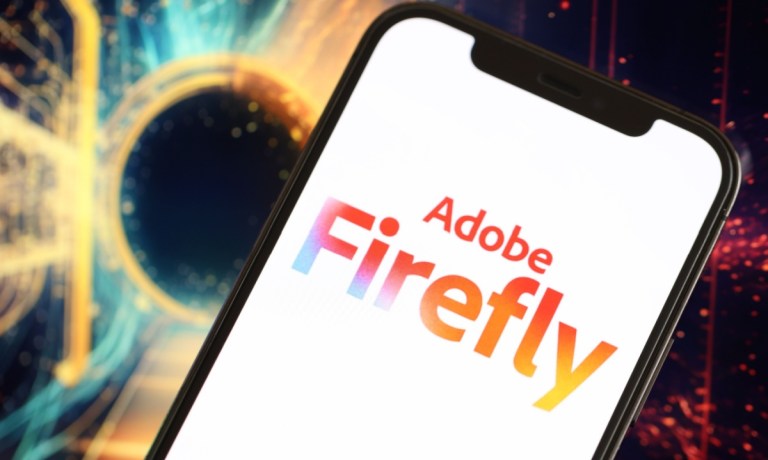
Adobe is rolling out a new artificial intelligence (AI)-powered video creation tool designed to help businesses generate custom content while sidestepping potential legal issues surrounding copyright infringement.
As companies adopt AI in their content strategies, Adobe’s latest offering stands out for its use of licensed content, a feature intended to give users peace of mind about intellectual property (IP) concerns. This move could further accelerate AI’s integration into corporate media production, opening up new revenue opportunities for Adobe and empowering companies of all sizes to leverage the efficiency of AI-generated video.
“This tool enables faster content creation and experimentation, all while ensuring that what is being produced is safe for commercial use,” Robert Petrocelli, chief product and technology officer at the video company Vimeo, told PYMNTS.
The potential of Adobe’s Firefly AI video creator lies in its functionality and its promise of legal safety. Businesses, especially those operating in highly regulated industries, have long been wary of using third-party content due to fears of copyright infringement. This is where Adobe’s tool makes a difference. It taps into a library of licensed content, giving users access to various images, video clips, and music preapproved for commercial use.
“It all comes down to copyright,” said Dmytro Tymoshenko, CEO of Eightify, an AI-powered YouTube video summarization app, told PYMNTS. “With these AI video tools, companies can create high-quality videos without worrying about licensing. Therefore, it removes one of the major obstacles from their production process.”
Traditional video production can be labor-intensive, often requiring weeks or even months to go from concept to finished product. AI, on the other hand, can drastically reduce that timeline.
“AI is about speed and automation,” Tymoshenko said. “It allows businesses to create visually appealing videos without wasting human effort and time.” This could be particularly attractive for smaller businesses or startups that may not have the resources to hire large video production teams but still need to produce high-quality content to compete in their industries.
Petrocelli said that AI-driven tools like Adobe’s also offer a layer of security for content creators.
“Our team at Vimeo, for example, leverages ethical AI solutions to help our business partners and our roster of creators develop content that aligns with their respective brands while balancing efficiency and authenticity,” he added. “This approach allows our partners to leverage the benefits of AI-generated video development while knowing their creative content is protected and safe.”
While Adobe’s AI video creator clearly benefits businesses, its impact on traditional video professionals is still being debated. Generative AI has long been a topic of contention in creative industries, with some professionals viewing it as a threat to their livelihoods. Video production is no exception.
“Generative AI in video production continues to be a taboo subject for many who are cautious about integrating it into their work,” Petrocelli said. There’s a concern that as AI becomes more sophisticated, it could replace many of the technical tasks that human video editors and animators currently perform.
However, Tymoshenko offered a more balanced perspective. While he acknowledged that AI could take over some of the more technical aspects of video production, such as editing and animation, he emphasized that creativity remains a critical component of the process. “There’s much more to video production than just technical work,” he said. “Much of it has to do with conceptualization and creativity, which AI has no deep understanding of yet.”
One of the most exciting aspects of AI video creation is its potential to democratize video production. Historically, high-quality video content has been expensive and challenging to produce, making it the domain of large companies with significant marketing budgets.
“This new technology could democratize video marketing, allowing smaller businesses to produce quality content at a much lower cost,” Petrocelli explained. For startups and small businesses, in particular, the ability to produce professional-grade videos without breaking the bank could be a game-changer.
The potential for AI to transform content production is clear, yet the balance between automation and creativity remains crucial.
“AI might handle the technical work,” Tymoshenko said, “but the creativity, the ideas — that’s still where people come in.”
For all PYMNTS AI coverage, subscribe to the daily AI Newsletter.